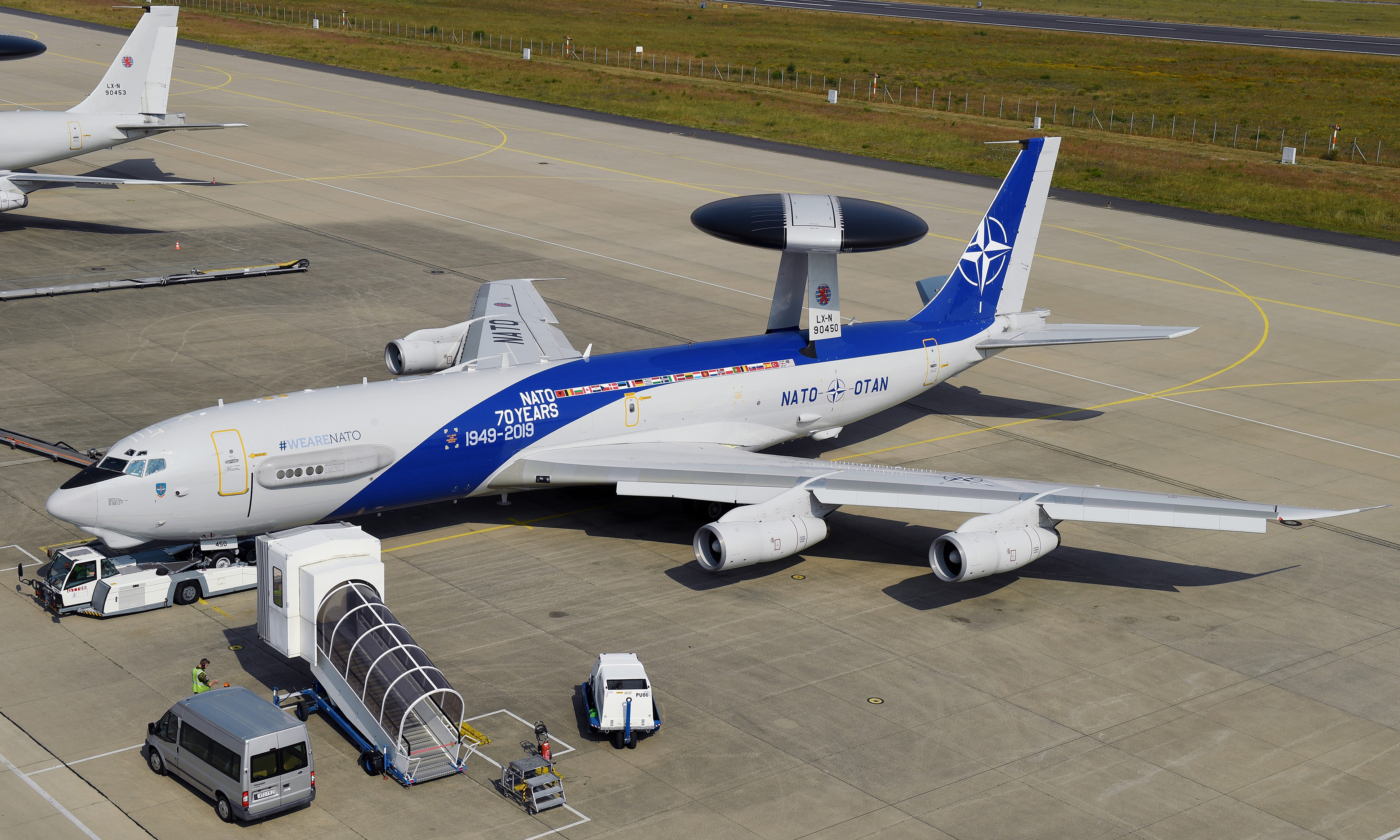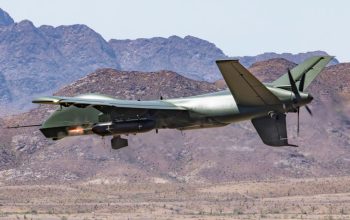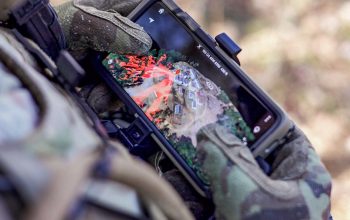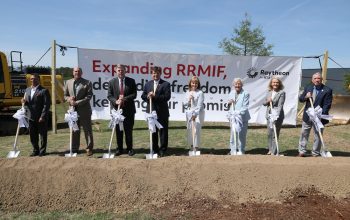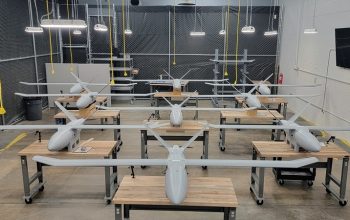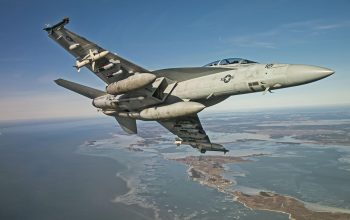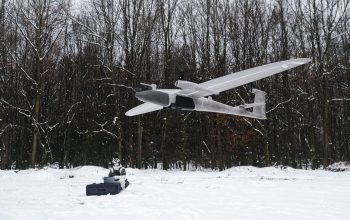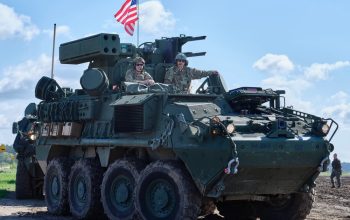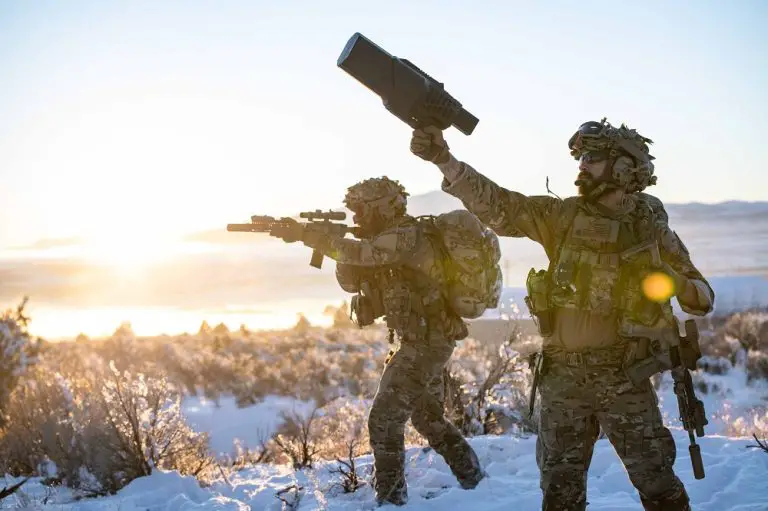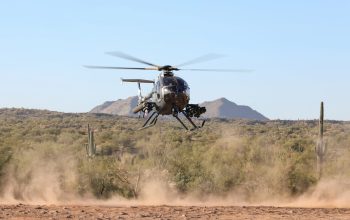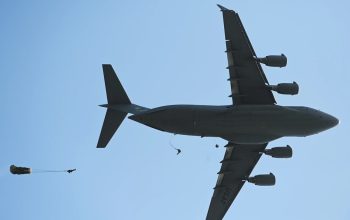NATO operates a fleet of Boeing E-3A Airborne Warning & Control System (AWACS) aircraft, with their distinctive radar domes mounted on the fuselage, which provide the Alliance with air surveillance, command and control, battle space management and communications. NATO Air Base (NAB) Geilenkirchen, Germany, is home to 14 AWACS aircraft. The NATO Airborne Early Warning and Control Force (NAEW&C Force) is one of the few military assets that is actually owned and operated by NATO. It conducts a wide range of missions such as air policing, support to counter-terrorism, evacuation operations, embargo, initial entry and crisis response. Under normal circumstances, the aircraft operates for about eight hours, at 30,000 feet (9,150 metres) and covers a surveillance area of more than 120,000 square miles (310,798 square kilometres).
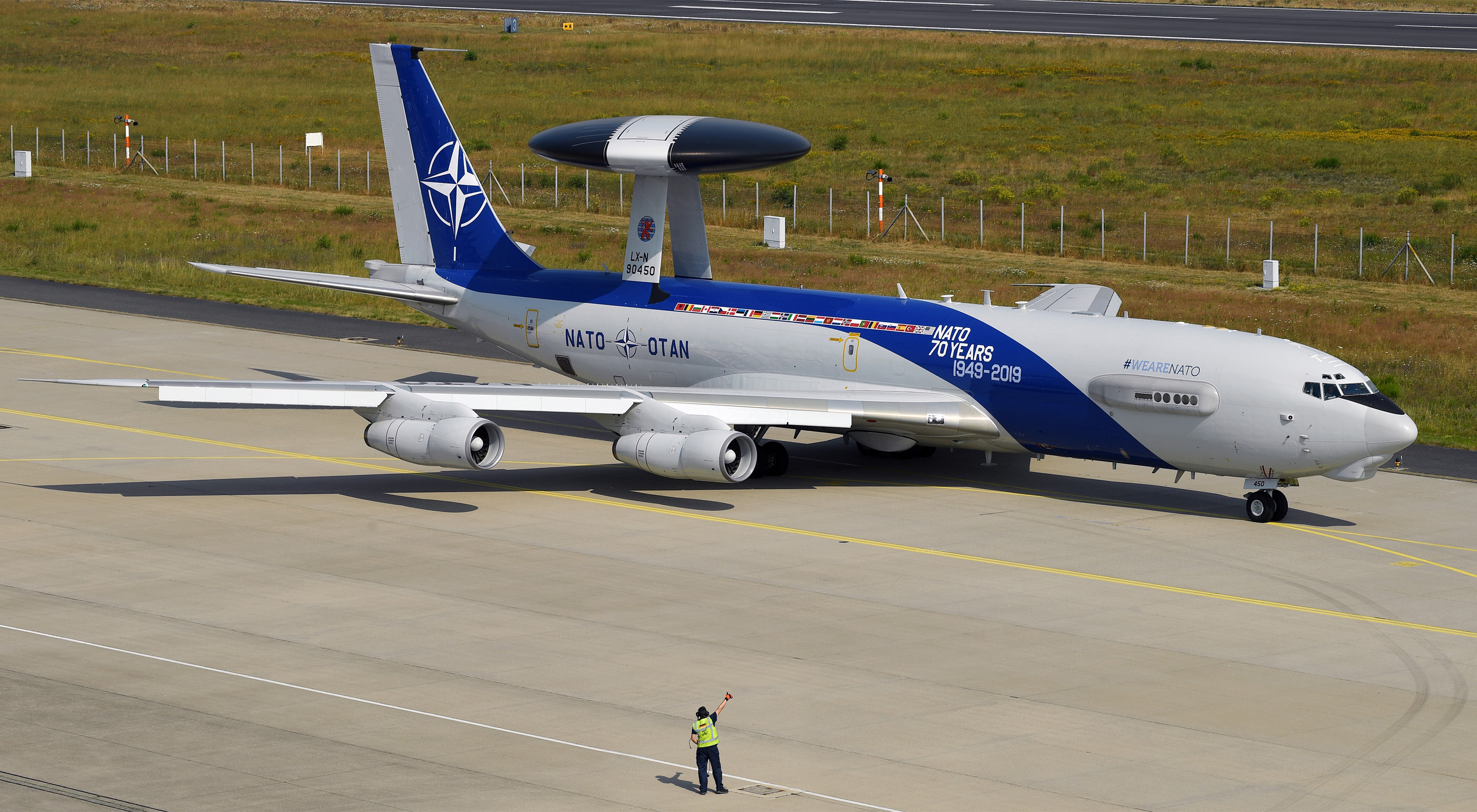
Multinational cooperation is the key characteristic of the NAEW&C Programme Management Organisation (NAPMO). Currently, the 16 full NAPMO nations are: Belgium, the Czech Republic, Denmark, Germany, Greece, Hungary, Italy, Luxembourg, the Netherlands, Norway, Poland, Portugal, Romania, Spain, Turkey and the United States. The United Kingdom exercises limited participation as a NAPMO member, but its fleet of E-3D aircraft is an integral part of the NAEW&C Force. France has an observer role and maintains continual coordination to ensure its E-3F aircraft remain interoperable with the other E-3 fleets. France also often assists in coordinated operations with the NAEW&C Force.
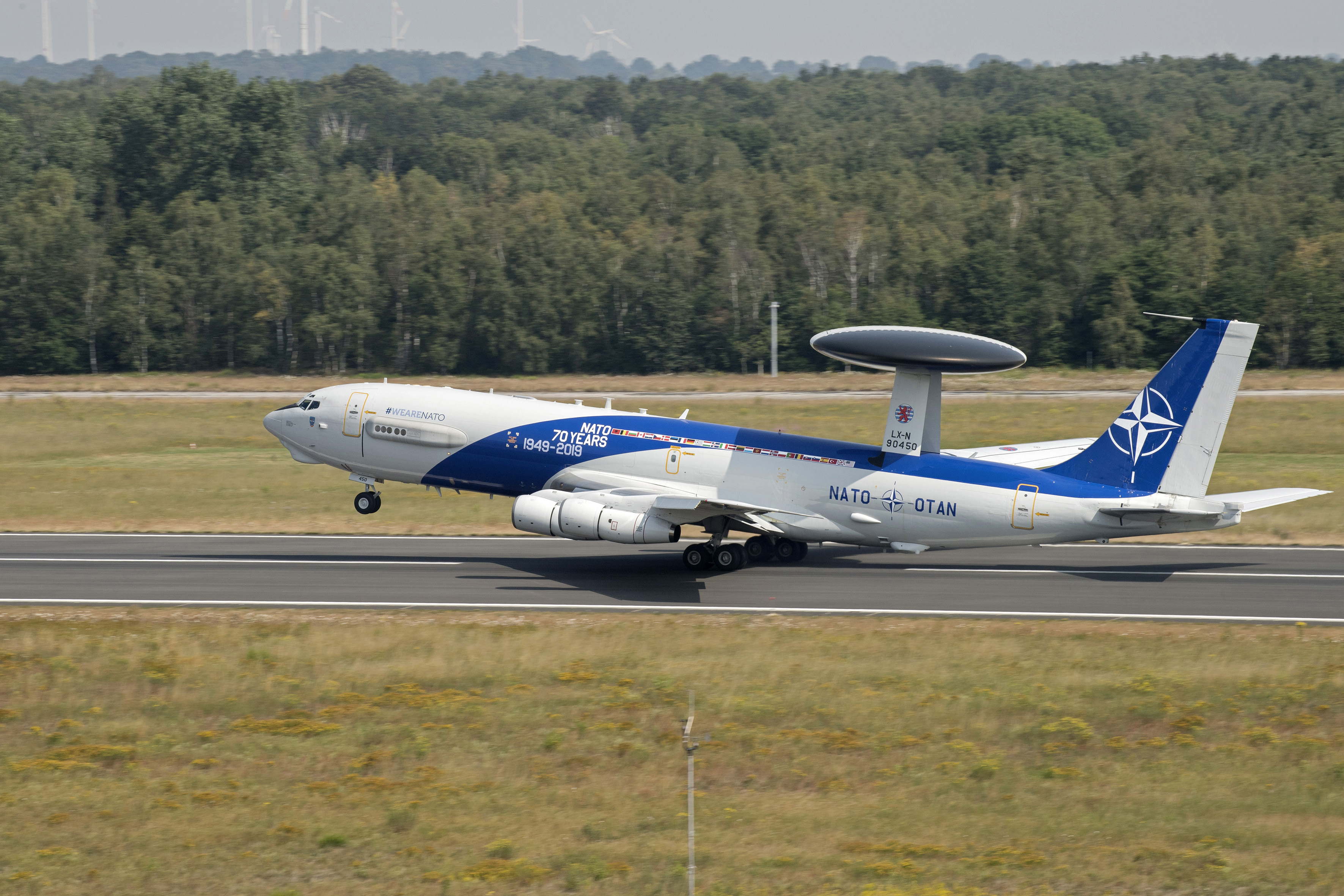
The AWACS programme, including execution of modernisation projects, is managed on a day-to-day basis by the NAEW&C Programme Management Agency (NAPMA), which is located in Brunssum, the Netherlands. The agency is staffed by military officers seconded to the agency and by civilian officials from the nations participating in the programme. In 2011, the NAPMA General Manager was assigned by the NAPMO nations as the Technical Airworthiness Authority (TAA) for the NATO E-3A fleet. Supported by a dedicated engineering office, the TAA shares responsibilities for airworthiness certification, together with the NAEW&C Force Commander, who is responsible for operations and support of the fleet.
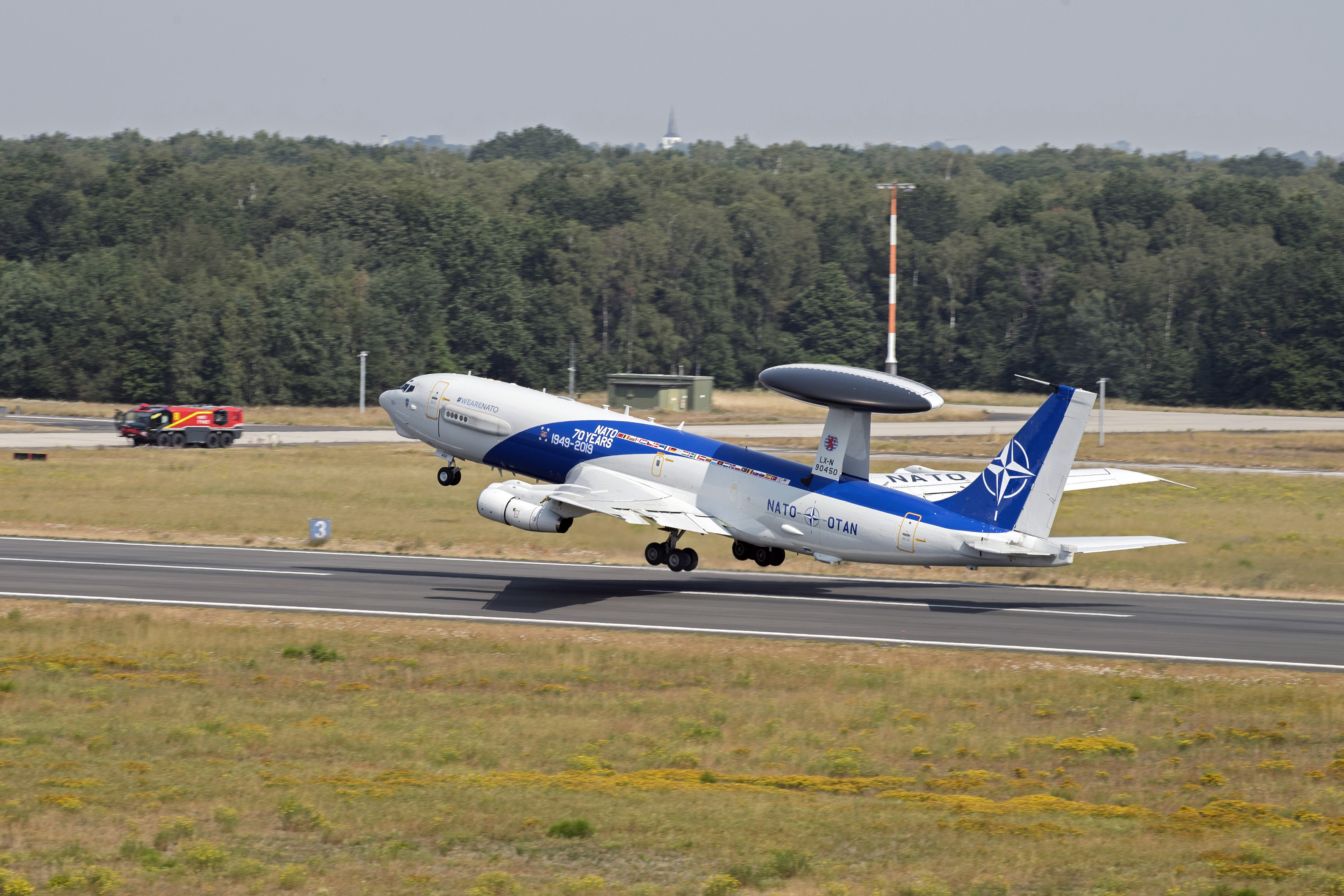
NATO’s E-3 AWACS fleet is predicted to retire around 2035. At the Warsaw Summit in 2016, Allies declared that “by 2035, the Alliance needs to have a follow-on capability to the E-3 AWACS. Based on high6level military requirements, we have decided to collectively start the process of defining options for future NATO surveillance and control capabilities.” This effort has since been carried forward as the Alliance Future Surveillance and Control (AFSC) initiative. In December 2018, the North Atlantic Council declared the first phase of the AFSC Concept Stage complete on schedule and on budget, and agreed to advance into the second phase.In the second phase now underway, NATO will tap into the expertise of Alliance industries. In 2019, a series of industrial competitions will be launched to propose the art of the possible to meet NATO’s requirements for 2035.
